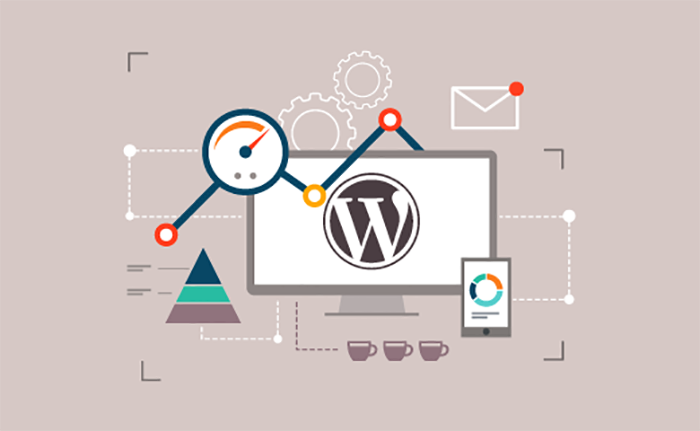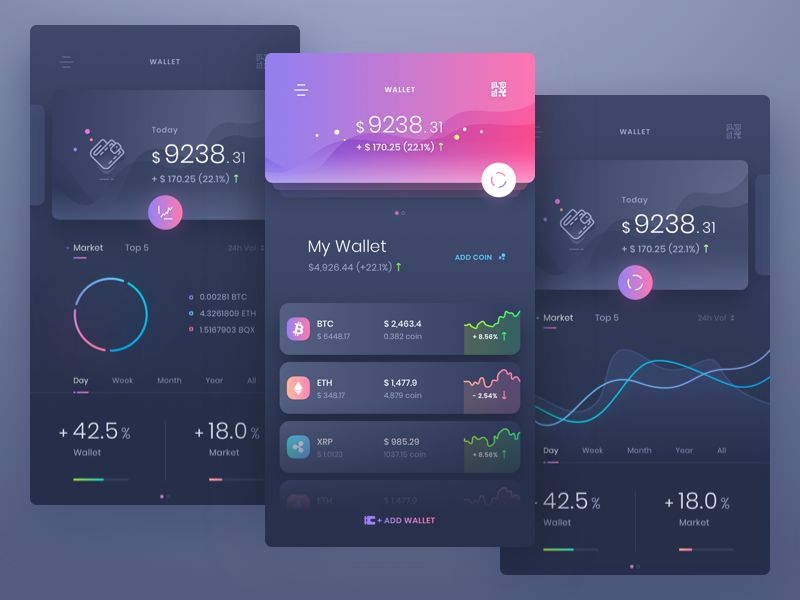Apart from WordPress itself, a site’s theme is its most enduring component. Plugins and copy can be changed without anyone noticing, but the theme shapes people’s experience of a site and site owners are often loathe to make a change.
That’s largely a good thing: consistency is important. But every once in a while it becomes necessary to make a break with the past. There comes a point at which sticking with the same theme does more harm than good.
Your theme is no longer maintained
A theme — like a plugin — is code that runs on your WordPress site. Themes are not just HTML and CSS; they are PHP and JavaScript too. Just like plugins, themes must be maintained and updated. If they aren’t, security issues can’t be fixed. Old themes that are no longer maintained by the developer are a security liability.
Security isn’t the only reason to update a theme. Over time, WordPress itself evolves. Its APIs change and themes that don’t keep up will eventually become incompatible. A common example is incompatibility with the WordPress Theme Customizer.
The WordPress project tries hard to maintain backward compatibility, but it has to move with the times. The biggest risk is sites that stop updating WordPress to avoid compatibility problems, thereby creating even greater risk of security compromises.
If your theme hasn’t been updated for over a year or has been abandoned by its developer, you should seriously consider replacing it.
Your theme is not mobile friendly
Once upon a time, people visited websites mainly from desktop computers and laptops. That era has passed. Websites can expect to be visited by people using devices with screens that range from 3 inches to 30 inches. No site can ignore its mobile users for long. Google doesn’t, and is reluctant to send traffic to sites that aren’t mobile friendly.
Modern WordPress themes are almost universally responsive, so if your site has a theme from the days before the domination of mobile, it’s time to make a change.
Your theme is slow
Themes can have a significant impact on performance, especially if they load large quantities of JavaScript for old-fashioned interface elements such as sliders. This is another website faux pas that Google frowns on: slow sites rank less well than speedy competitors, all else being equal.
If you really don’t want to change to a different theme, you could renovate the existing theme to improve its performance, but unless you are a developer, it may be less expensive to change to a new theme.
Your theme looks old
When you first choose your site’s theme, it looked modern because it reflected the design trends of the day. The design world changes quickly — just look at older versions iOS to see how what was once the height of good taste can quickly fall out of fashion.
Old-looking sites with tired designs do not make a good impression on visitors steeped in modern design sensibilities,
If your theme is old, slow, and insecure, changing to a new theme should be seen as an opportunity to give your site a new lease of life.
Author Bio
Graeme Caldwell is a writer and content marketer at Nexcess, a global provider of hosting services, who has a knack for making tech-heavy topics interesting and engaging to all readers. His articles have been featured on top publications across the net, from TechCrunch to TemplateMonster. Follow him on twitter at @nexcess.


